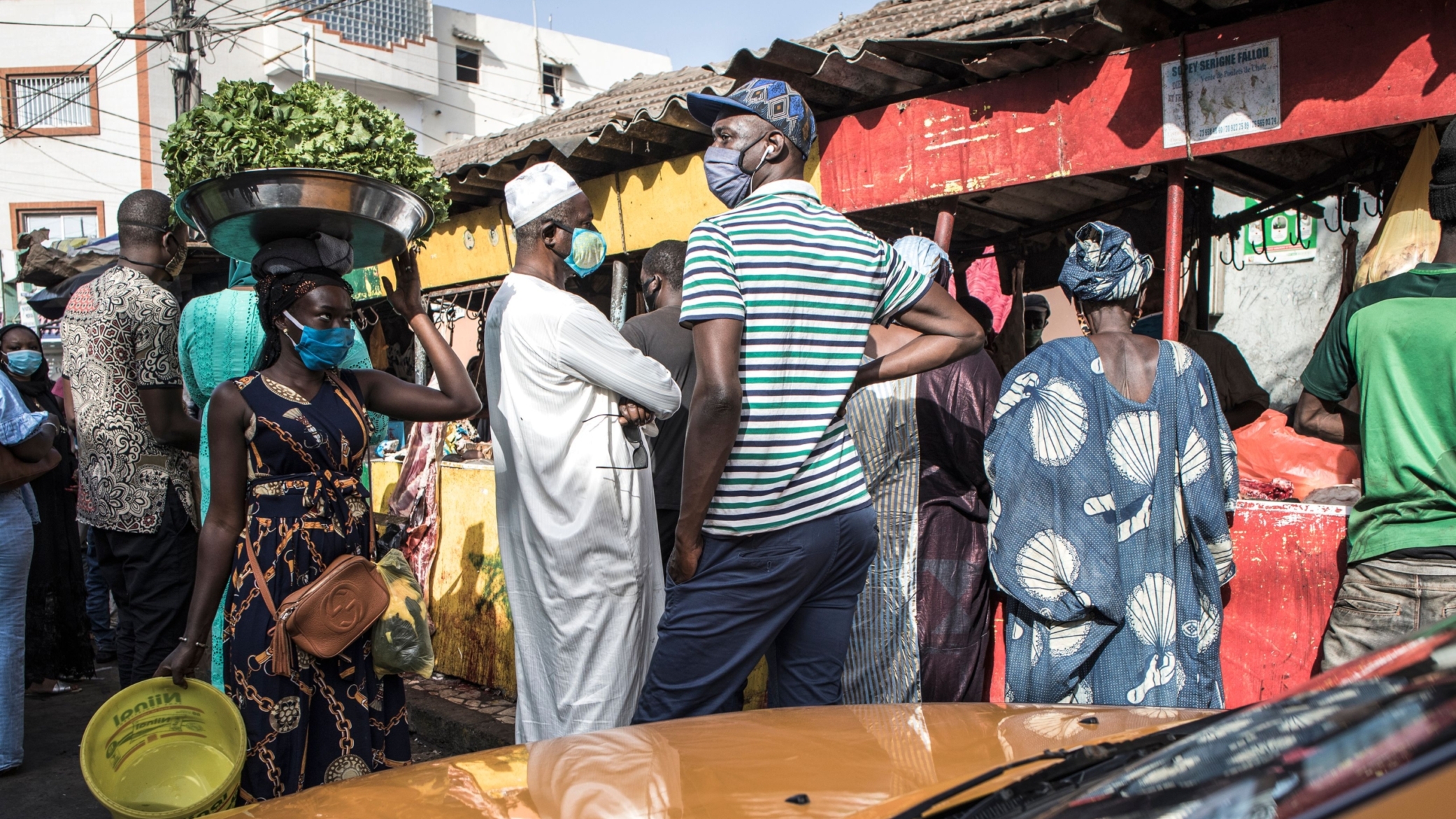How governments can use better, faster, and cheaper evidence to improve people’s lives

Governments make thousands of decisions a year — big and small — often with insufficient relevant information. How might we increase the likelihood that those decisions improve people’s lives?
Policymakers need trusted, locally grounded partners to curate timely evidence that is relevant to the problems and decisions they face. The urgency of COVID-19 accelerated a movement in the evidence field to generate responsive, decision-focused evidence. In turn, many governments’ use of responsive, decision-focused evidence contributes to tangible changes that can improve lives. While it is impossible to do justice to the breadth of activity in this field, a few examples include:
- Immediately after schools shut down in Botswana, Young 1ove tested a cheap remote education intervention and found it cut innumeracy by a third. They went on to track longer-term results in Botswana, refined the program based on those results, and partnered with entities like the World Bank and the government of Nepal to test and expand the approach in six other countries.
- After initial widespread lockdowns, IPAR Senegal helped the Senegalese government use data and information about citizens’ opinions to inform the decision to re-open rural markets to increase food access, improving the livelihoods of small-holder farmers.
- Makerere University in Uganda runs a rapid-response evidence service addressing policymaker requests with relevant, contextualized, and timely summaries of existing evidence. In just one of many engagements, in response to a request from a health official, they synthesized the evidence on ways to reduce tuberculous test turnaround time. This helped slash TB test turnaround times from 30 days to 48 hours. We’re seeing variations on this approach replicated in many other places, including West Africa, South Africa, and globally.
- J-PAL affiliates worked with the government of India to test and implement a program that increased health-preserving behaviors like social distancing during COVID. The work reached over 25 million people.
The emerging field of responsive, decision-focused evidence puts governments in the driver’s seat of what questions get asked. For example, 3ie’s work with the government of the Philippines started by asking what decisions Philippines government policymakers needed to make, and what information they wanted to inform those decisions. Additionally, more legitimate, locally grounded organizations are emerging that have the ability to contextualize evidence within the systems and real-world constraints that policymakers face (as in Makerere University’s Center for Rapid Evidence Synthesis and the over 2,700 individuals who constitute the Africa Evidence Network). Practitioners can generate evidence more quickly and cheaply by using new data sources. For example, CEGA affiliates drew on satellite and mobile phone data to help the government of Togo and the NGO GiveDirectly target emergency cash relief.
Focusing on governments also means supporting a governments’ long-term capacities to deliver and respond to evolving policy problems. We are seeing more long-term learning partnerships between policy research agencies and governments to embed and accelerate a process of continuous improvement (as in India’s NITI Aayog’s partnership with IDinsight and AidData and Development Gateway’s ongoing partnerships with ministries of finance). Some organizations are working with government partners to build governments’ abilities to generate and use timely, decision-focused evidence — as in the African Institute for Health Policy and Systems’ partnership with the Nigeria parliament or Twende Mbele’s work on rapid evaluations. These kinds of initiatives are part of a broader effort by non-governmental organizations to institutionalize how governments use evidence, supporting governments building their own capacities to use evidence over time.
Evidence is only one piece (and rarely the most important piece) of what it takes to make social progress. Nor is responsive, decision-focused evidence the only type of evidence that is important. Evidence helps identify high-impact solutions to advocate for, and can help shift global thinking and build knowledge for future use. Other uses include holding governments to account, shining a light on entrenched interests, and elevating the voice of communities — including in ways that can conflict with current policy priorities. What I argue is that responsive, decision-focused evidence deserves more attention and funding.
In a blog next week, I will reflect on what should come next: what I think practitioners might start, stop, and continue doing to be even more effective in improving outcomes. At the same time, the examples above illustrate that when organizations help government officials use evidence to solve a problem, governments demand more evidence. In fact, given funding constraints, these policy research organizations typically get far more requests for evidence than they can respond to.
The COVID-19 pandemic has pushed us all in new and different ways. Now is a unique moment to strengthen responsive, decision-focused evidence to accelerate the fight against health, economic, and educational challenges we have long faced. To do that, we need the evidence field to continue moving in this direction, and for funders to resource it — including empowering grantees with the flexibility to adapt to evolving policy opportunities.
Want to learn more about responsive, decision-focused evidence, including how I think the field can improve? Read more in part two of this series.
Special thanks to Michael Eddy for his input on this piece.
